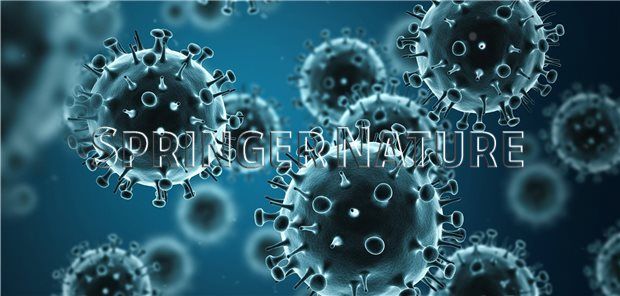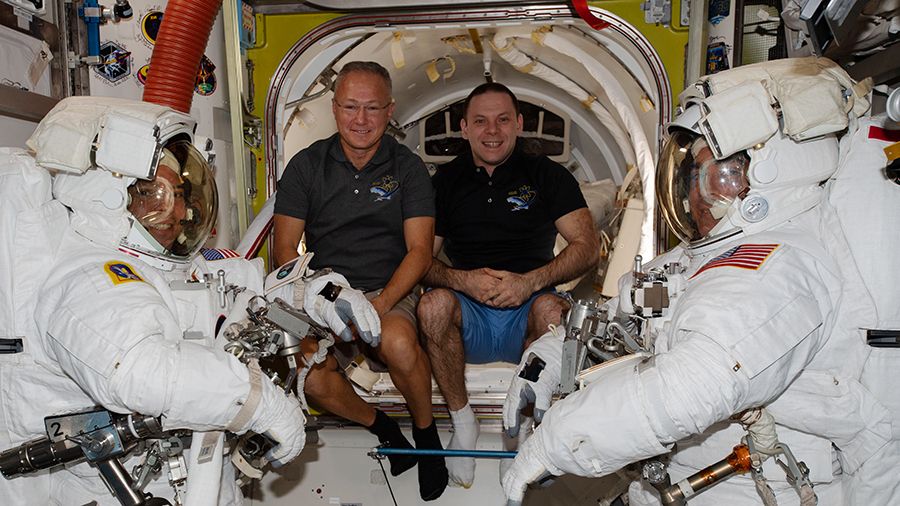Ein neues Influenzavirus kann offenbar vom Schwein auf den Menschen übertragen werden und diese infizieren. Ob sich daraus allerdings eine weitere Pandemie entwickeln kann, bleibt abzuwarten.



Over the past decade or so, researchers have been trying to develop techniques that could enable effective collaborative strategies among teams of robots. One of the tasks that teams of robots could complete better than individual robots is simultaneously searching for several targets or objects in their surrounding environment.
The ability of a team of robots to collectively seek and identify numerous targets at once could be useful for a wide range of applications. For instance, it could aid surveillance applications and help to better track individuals or vehicles.
Researchers at Tongji University and University of Stuttgart have recently devised a systematic framework for enabling more effective multiple target search in swarm robots. This framework, presented in a paper published in IEEE Access, is based on the use of a mechanical particle swarm optimization method and artificial potential fields.

Pigs are intermediate hosts for the generation of pandemic influenza virus. Thus, systematic surveillance of influenza viruses in pigs is a key measure for prewarning the emergence of the next pandemic influenza. Here, we identified a reassortant EA H1N1 virus possessing pdm/09 and TR-derived internal genes, termed as G4 genotype, which has become predominant in swine populations since 2016. Similar to pdm/09 virus, G4 viruses have all the essential hallmarks of a candidate pandemic virus. Of concern is that swine workers show elevated seroprevalence for G4 virus. Controlling the prevailing G4 EA H1N1 viruses in pigs and close monitoring in human populations, especially the workers in swine industry, should be urgently implemented.
Pigs are considered as important hosts or “mixing vessels” for the generation of pandemic influenza viruses. Systematic surveillance of influenza viruses in pigs is essential for early warning and preparedness for the next potential pandemic. Here, we report on an influenza virus surveillance of pigs from 2011 to 2018 in China, and identify a recently emerged genotype 4 (G4) reassortant Eurasian avian-like (EA) H1N1 virus, which bears 2009 pandemic (pdm/09) and triple-reassortant (TR)-derived internal genes and has been predominant in swine populations since 2016. Similar to pdm/09 virus, G4 viruses bind to human-type receptors, produce much higher progeny virus in human airway epithelial cells, and show efficient infectivity and aerosol transmission in ferrets. Moreover, low antigenic cross-reactivity of human influenza vaccine strains with G4 reassortant EA H1N1 virus indicates that preexisting population immunity does not provide protection against G4 viruses.

The Expedition 63 crew is set for its second spacewalk on Wednesday at 7:35 a.m. EDT to continue upgrading International Space Station power systems.
Commander Chris Cassidy will lead the spacewalk and exit the Quest airlock in the U.S. spacesuit with the red stripes. He’ll be followed by Flight Engineer Bob Behnken in his spacesuit with no stripes.
Both astronauts are being joined today by Flight Engineer Doug Hurley as they finalize procedure reviews, organize tools and perform suit leak checks before tomorrow’s spacewalk. Hurley will be on duty helping the spacewalkers in and out their spacesuits and monitoring the excursion. Roscosmos cosmonaut Ivan Vagner will assist the NASA trio on Wednesday.
SpaceX has gotten good enough at reuse that it’s building fewer rockets.
Steele Hawes’ Archer Report with special guest Sharif Uddin Ahmed Rana.
I know Elon Musk believes Mars is the promised land that we should try to move humans to but what about Venus?
A growing group of scientists want to float above our sister planet before we conquer the red one.


In an interview with Nature, Elizabeth Maruma Mrema, the new head of the United Nations Convention on Biodiversity, acknowledged that it would be difficult to set a single target because biodiversity is multifaceted. But, if the community succeeds in making it work, she adds: “that will be the best result possible because then it becomes a song everyone will sing, and that everybody can align with to deliver that one key message.”
Elizabeth Mrema has a mighty task ahead of her, leading countries as they negotiate new biodiversity targets.
China-develops-worlds-first-coronavirus-vaccine.
The research was the target of a conspiracy theory about the origin of the new coronavirus.